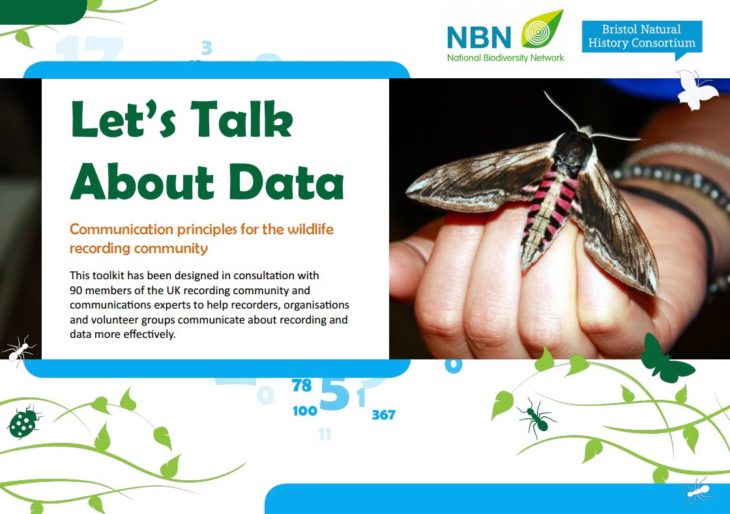Communication principles for the wildlife recording community.
Recording wildlife is a great British tradition stretching back to the 1700s and the days of Gilbert White. In the 21st Century, recording in the UK is still a triumph of public contribution to our collective knowledge of the natural world. Devoted volunteers and enthusiasts generate vast databanks supporting environmental policy, research and practice with baseline data for thousands of native and non-native UK species. As threats to UK wildlife mount, the need to grow the evidence base for effective conservation becomes increasingly vital.
We use public surveys, workshops, online activities and BioBlitz events as a gateway into more in depth citizen science and biological recording, inviting people to get a taste of a highly valuable and rewarding pursuit, encouraging them to develop their skills to make ongoing, high quality data contributions into the future.
BUT – to the uninitiated, the recording world can appear technically demanding, daunting and full of barriers, so how do we introduce the important processes and concepts of verification and data quality to potential new recorders without scaring them off?
Bristol Natural History Consortium (BNHC), supported by Defra and working in consultation with 90 members of the wildlife recording community and key stakeholders, has created a new toolkit for the recording community to communicate about recording more effectively.
BNHC is a unique charitable partnership between 14 organisations form the worlds of conservation, policy, media and research engaging people with the natural world through collaborative action. As the partnership that brings you the UK’s conference for environmental communicators (www.communicatenow.org.uk) and the National BioBlitz Network (www.bioblitzuk.org.uk) BNHC is well placed to bring together expertise from the biological recording world and communications professionals.
The toolkit and accompanying framework document aim to help demystify the different ways that individuals and organisations record data and help to develop unified and consistent messaging for the wildlife recording community, demystify the process of verification and data pathways, and increase participation by making recording more accessible.
This has long been a recognised challenge in the field and we hope that this toolkit will help progress the conversation. As one person in the consultation put it “That is a prickly stem to grasp!”
Download the Toolkit
Download the Framework document

